The Doors of Stone Town: A Blend of History, Art, and Psychology
Discovering Stone Town’s Heritage with Ulrica
After leaving the peaceful beaches of Nungwi, I made a brief stop at a spice farm before arriving in Stone Town, the historical and cultural heart of Zanzibar. Known for its maze-like streets and rich history, Stone Town is a blend of diverse cultures shaped by centuries of trade. Despite my late arrival at 4 PM, the hotel quickly arranged a private two-hour tour for me with a local guide named Ulrica.
Ulrica, a seasoned guide with a background in hospitality and education, seamlessly adapted the tour to my schedule. She also reflected the multicultural nature of Zanzibar by switching languages as needed—speaking Swahili with locals of African descent, English with those of Indian heritage, and Arabic with Arab residents. Her knowledge and multilingual ability made the tour efficient and immersive, offering a deeper look at life in Stone Town.
As we explored the town, I found that capturing street photography was particularly difficult due to cultural sensitivities about being photographed. However, with Ulrica’s familiarity with the community, I was able to focus my lens on the architectural details of the city—most notably the stunning carved doors of Stone Town. These doors, with their intricate designs and deep symbolism, represent the island’s fascinating blend of Indian, Arab, and Swahili influences.
A Blend of Cultures
Stone Town’s doors are a testament to the island’s melting pot of cultures. Influenced by Arab, Persian, Indian, and European styles, these doors reflect the historical trade routes and interactions that shaped the region. Each door is a piece of art, showcasing the craftsmanship and cultural fusion that defines Zanzibar.
The Indian Influence
Many of Stone Town’s doors exhibit Indian influences, particularly from Gujarat. These doors are often adorned with brass studs, historically serving as a defense mechanism against war elephants. The intricate carvings and ornate patterns on these doors showcase the rich artistic traditions brought by Indian traders.
The Arab Legacy
Arab influences are evident in the doors’ geometric patterns and calligraphic inscriptions. These doors often feature verses from the Quran, invoking blessings and protection for the home. The symmetrical designs and attention to detail highlight the architectural aesthetics of the Arab world.
The Swahili Craftsmanship
Local Swahili artisans have also left their mark on Stone Town’s doors. These doors are characterized by floral and vine motifs, reflecting the natural beauty of the island. The Swahili style blends seamlessly with the Indian and Arab influences, creating a unique hybrid that is distinctly Zanzibari.
Symbolism and Meaning
Each element of Stone Town’s doors carries symbolic meaning. The brass studs, for instance, are not only decorative but also serve to ward off evil spirits. The carvings often tell stories of the family’s heritage, religious beliefs, and social status. Doors with more elaborate designs typically belonged to wealthier families, signaling their prominence within the community.
Preservation and Restoration
Efforts to preserve and restore Stone Town’s doors are ongoing. Organizations and local artisans work together to maintain these historical treasures, ensuring that future generations can appreciate their beauty and significance. Restoration projects often involve meticulous work to repair and replicate the intricate designs using traditional techniques.
The Psychological Impact of Doors
Doors are more than just functional architectural elements; they have a profound psychological impact on our emotions and perceptions. Here are some ways in which the doors of Stone Town can influence our psyche:
- Sense of Security: The heavy, fortified doors with brass studs give a sense of security and protection, evoking feelings of safety and comfort. Knowing that these doors were designed to safeguard against threats can provide a deep sense of relief and peace.
- Curiosity and Mystery: The intricate designs and carvings can stimulate curiosity and a sense of wonder. Each door holds a story, inviting onlookers to imagine the lives and histories behind them. This sense of mystery can be both exciting and engaging, sparking a desire to learn more about the culture and history of Stone Town.
- Symbol of Transitions: Doors symbolize transitions and new beginnings. In Stone Town, the act of passing through these beautifully crafted doors can represent entering a new phase or experiencing a different aspect of the island’s rich culture. This symbolism can be particularly powerful during personal transitions, such as moving to a new place or starting a new chapter in life.
- Cultural Connection: The diverse influences seen in the doors foster a sense of connection to the island’s multicultural heritage. This can enhance feelings of belonging and appreciation for the cultural amalgamation that Stone Town represents. For those who value cultural diversity, these doors serve as a tangible reminder of the beauty that comes from blending different traditions.
- Aesthetic Pleasure: The beauty and artistry of these doors can provide aesthetic pleasure, uplifting the mood and inspiring creativity. The detailed craftsmanship can be a source of admiration and joy for art lovers and casual observers alike. Experiencing such beauty on a daily basis can have a positive impact on mental well-being, offering moments of visual delight and contemplation.
- Historical Continuity: Encountering these doors connects us with the past, offering a sense of continuity and timelessness. This connection to history can be grounding and reassuring, reminding us of the enduring nature of human creativity and resilience.
Your Photographic Journey
Your collection of door photos from Stone Town offers a unique glimpse into the island’s architectural heritage. Each door tells a story, capturing the essence of Stone Town’s cultural diversity and historical richness. By sharing these photos, you help preserve and celebrate the artistry and craftsmanship that make Stone Town’s doors so special.
Conclusion
The doors of Stone Town are more than just entrances to homes; they are portals to the island’s rich cultural tapestry. Through their intricate designs and symbolic meanings, these doors reveal the history, artistry, and spirit of Zanzibar. As you continue to explore and photograph these beautiful doors, you contribute to the preservation of this unique heritage, inspiring others to appreciate the beauty and significance of Stone Town’s architectural gems.
If you’re seeking a knowledgeable and multilingual guide to enhance your experience in Stone Town, you’re in luck. Ulrica, with her vast expertise and deep understanding of Zanzibar’s culture, offers personalized tours that bring the island’s history to life. For those interested, you can easily click here to connect with Ulrica, who will help you uncover the hidden stories and rich heritage that make Stone Town unique.






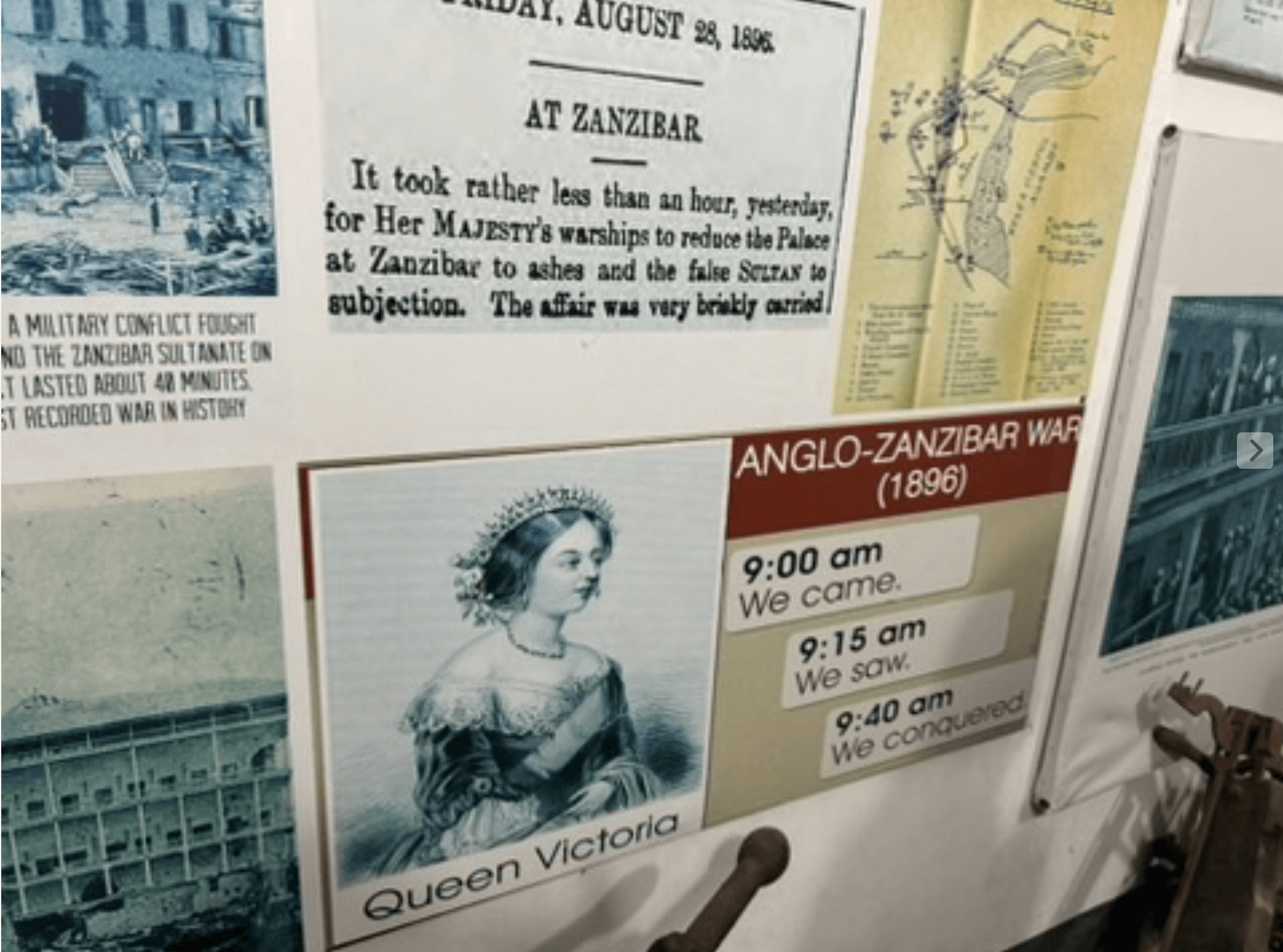
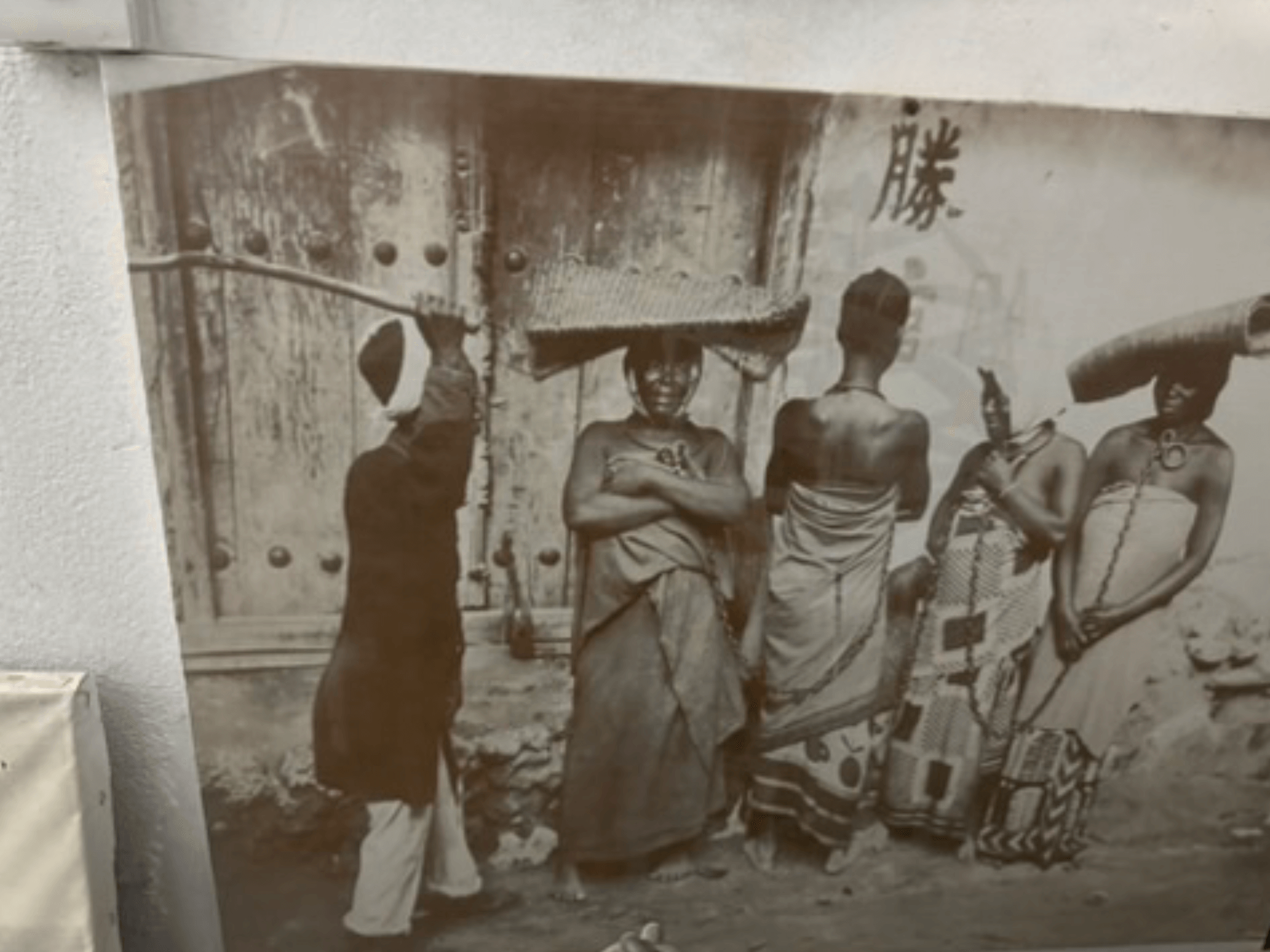
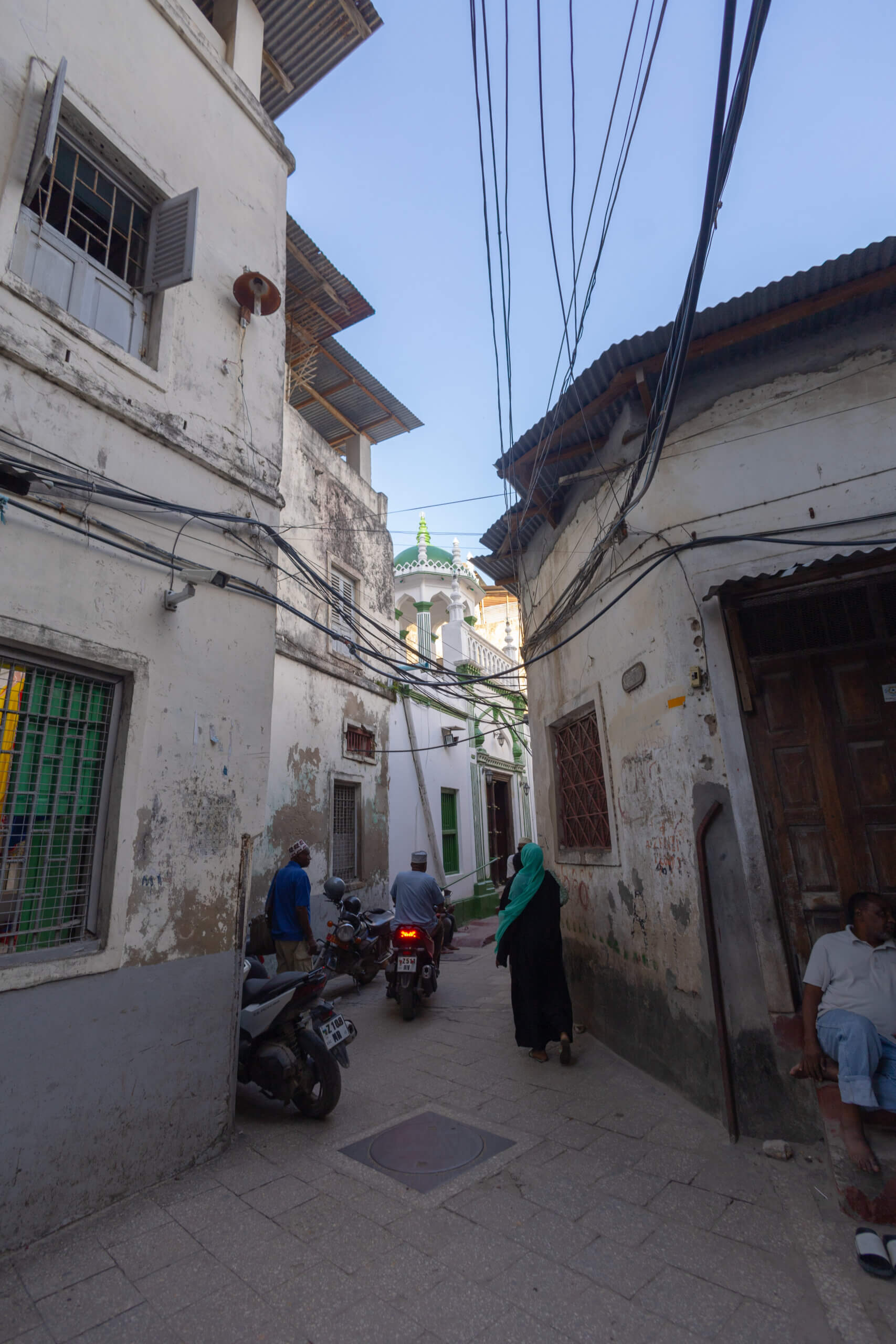

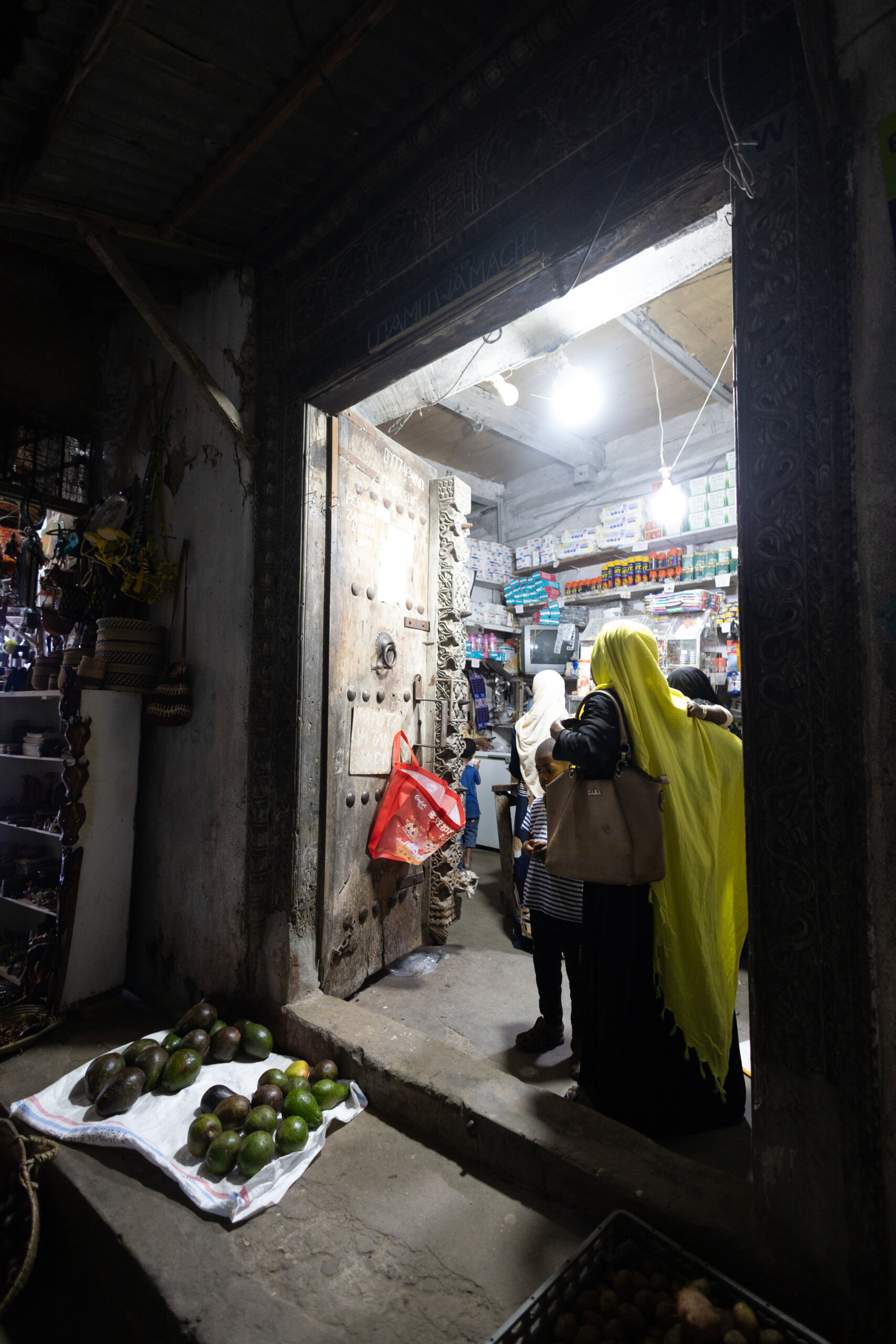

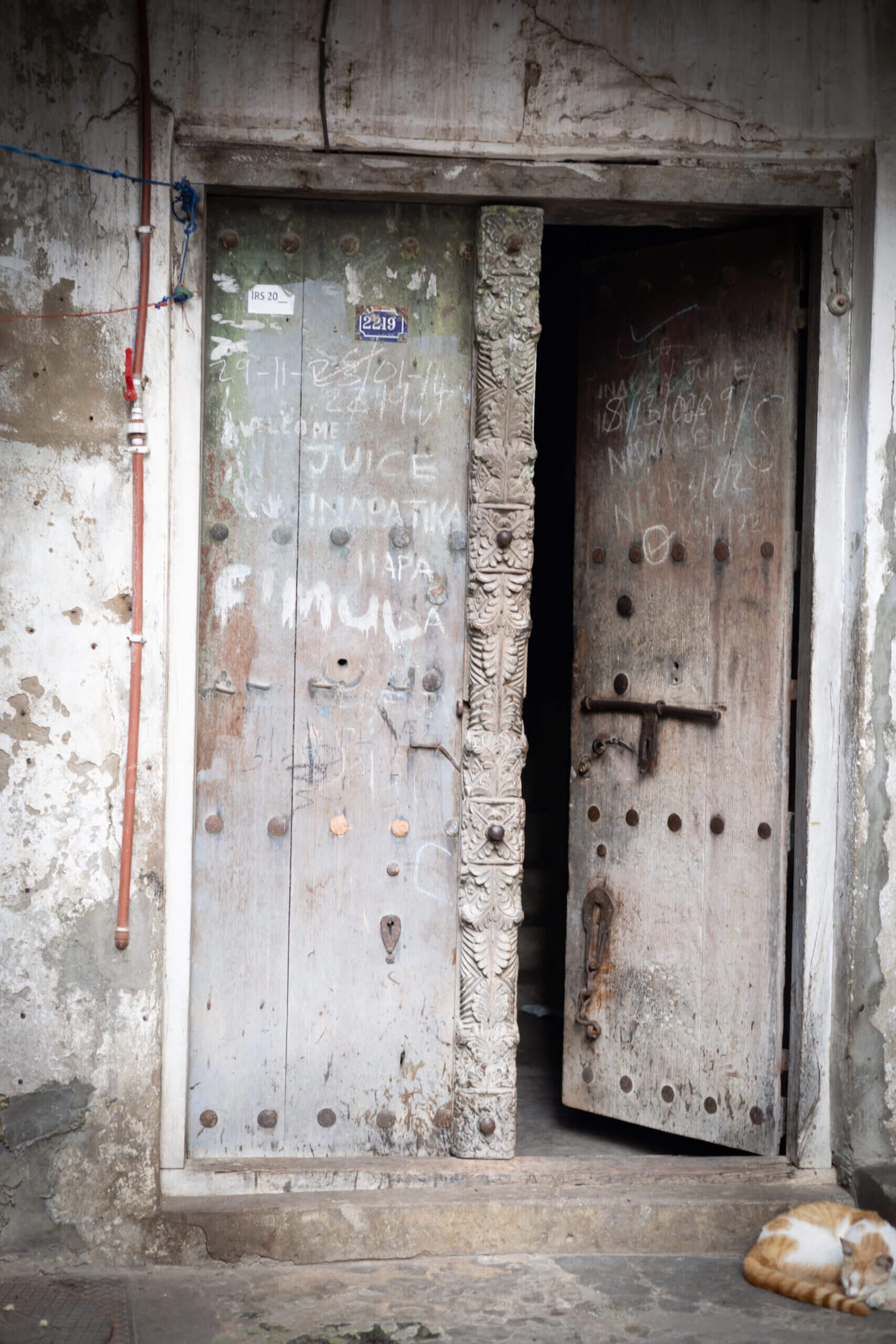
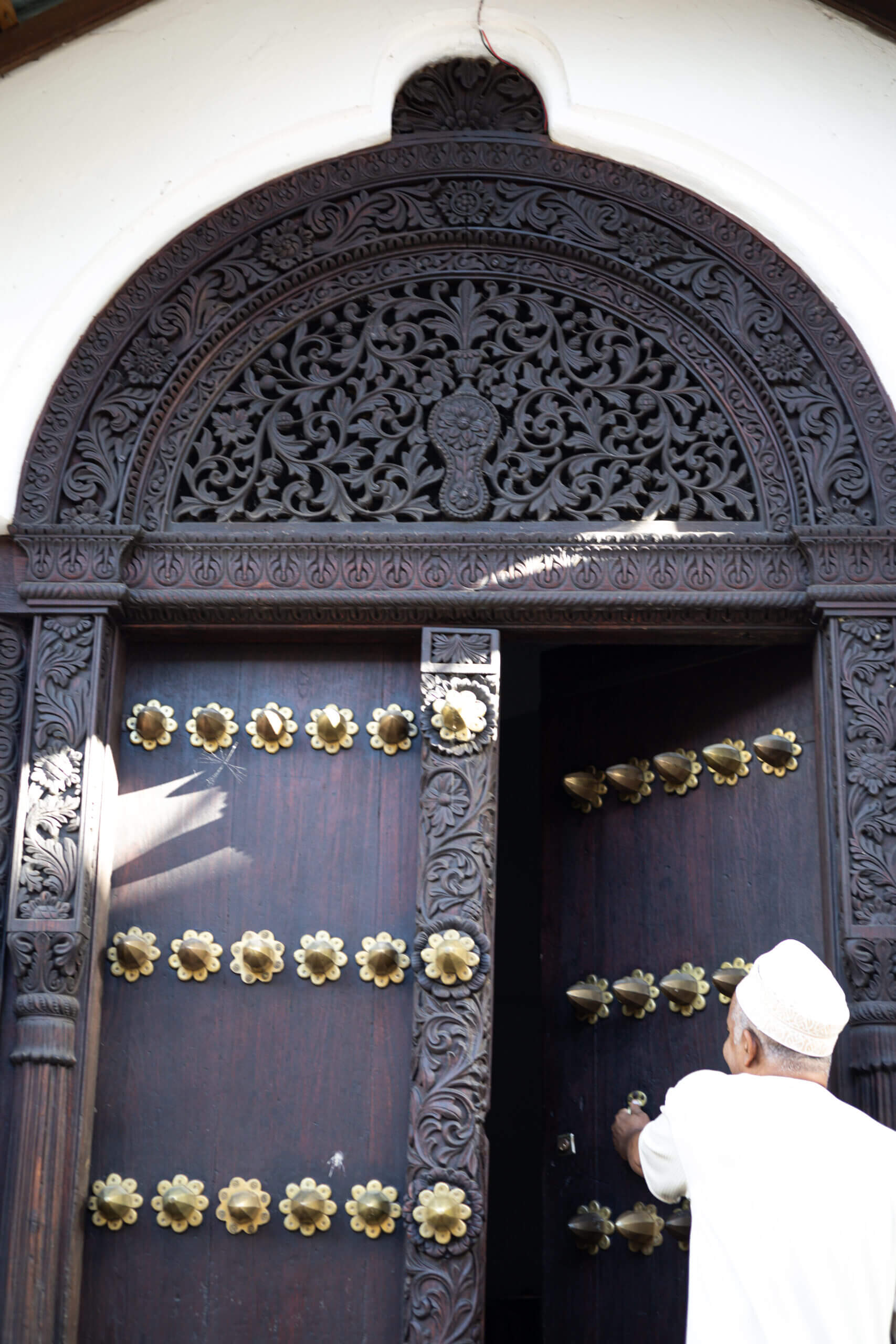

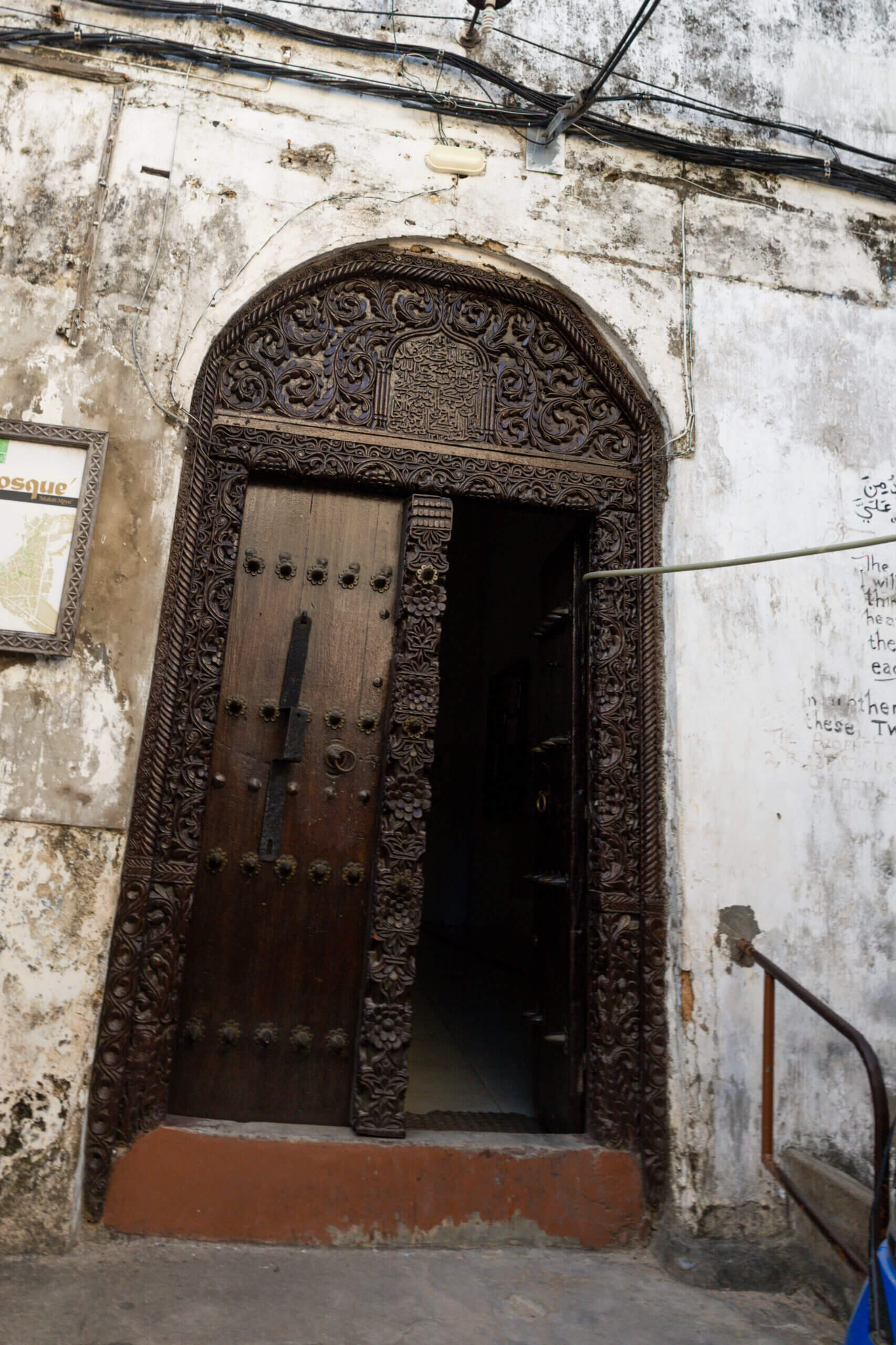
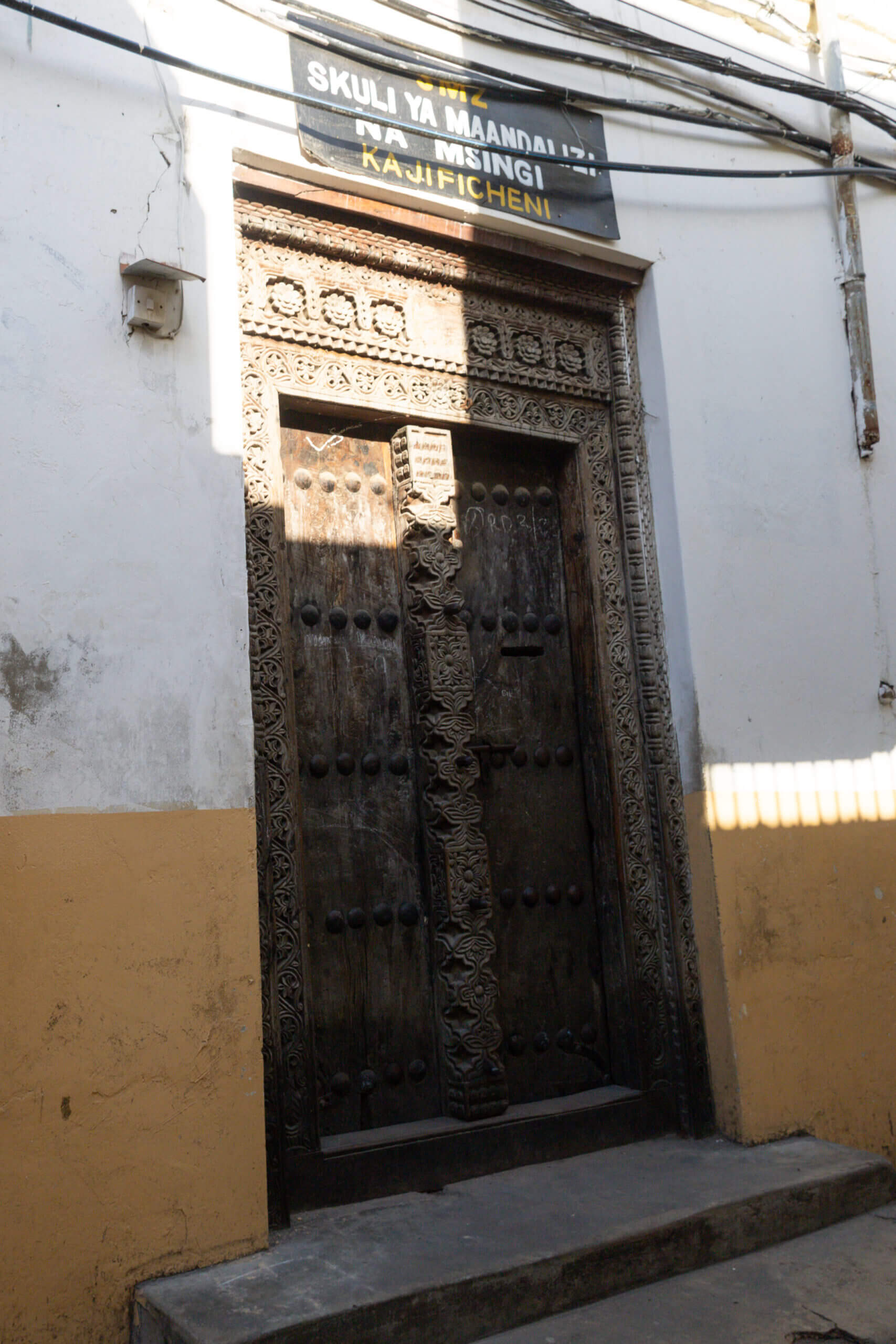
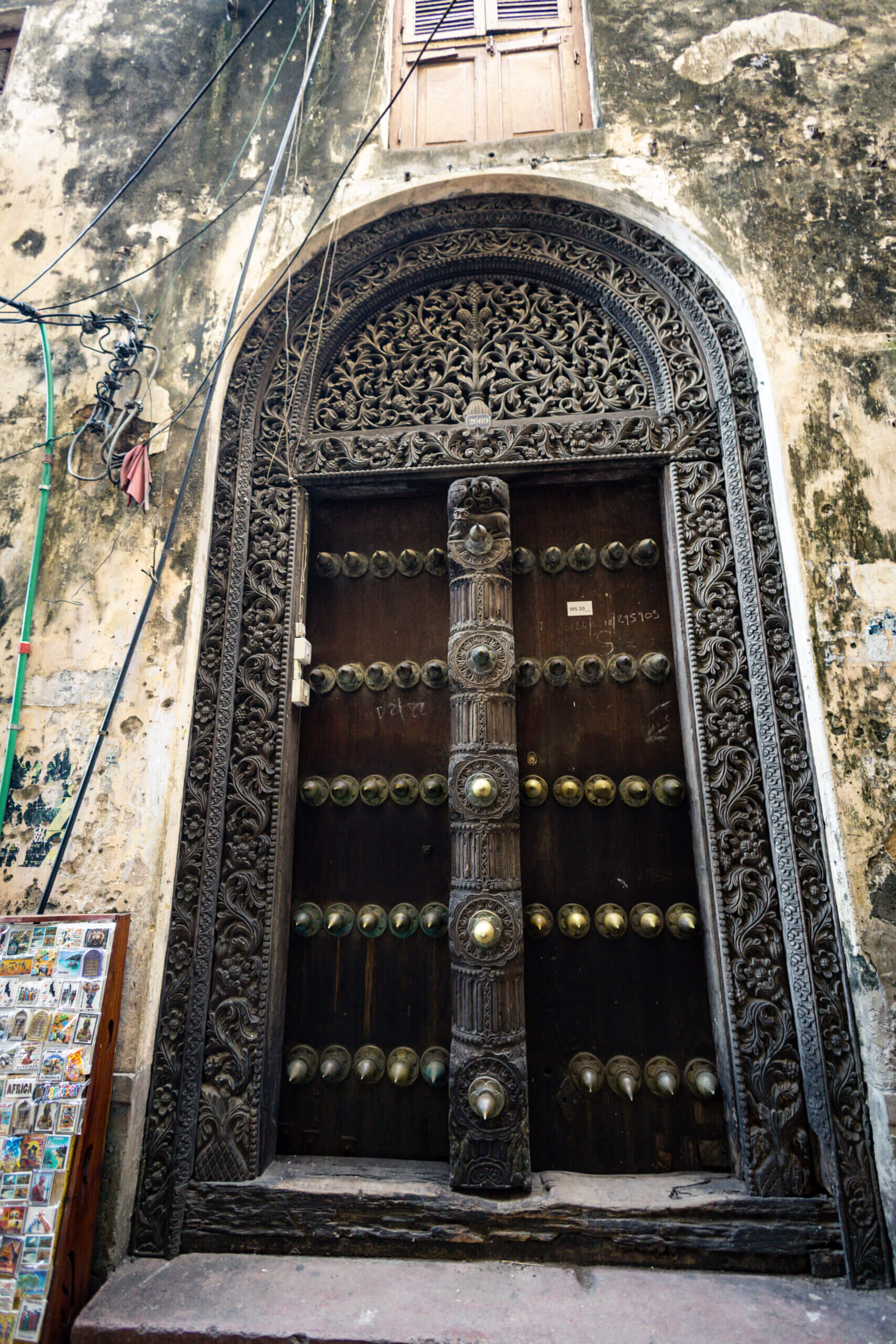
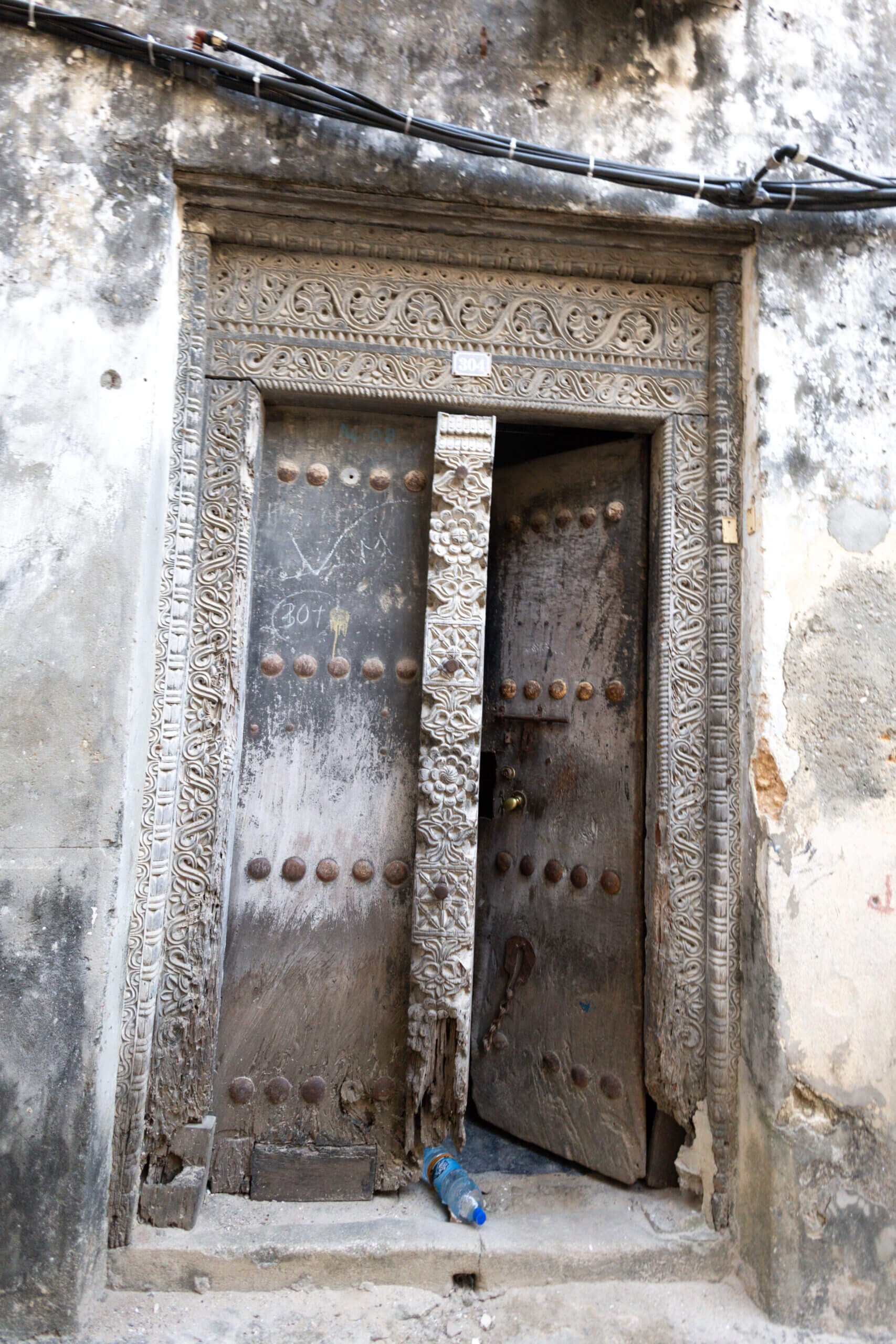
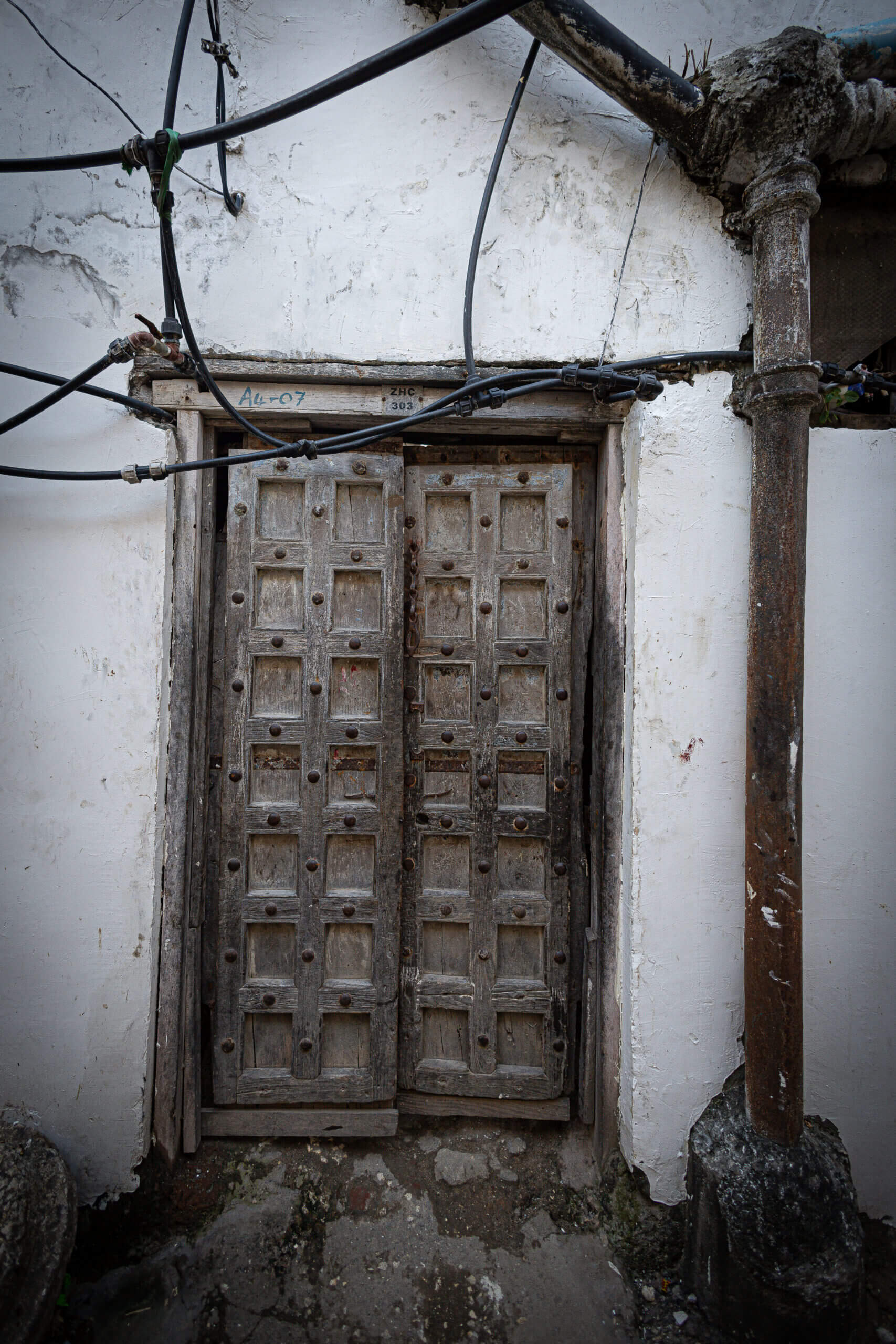
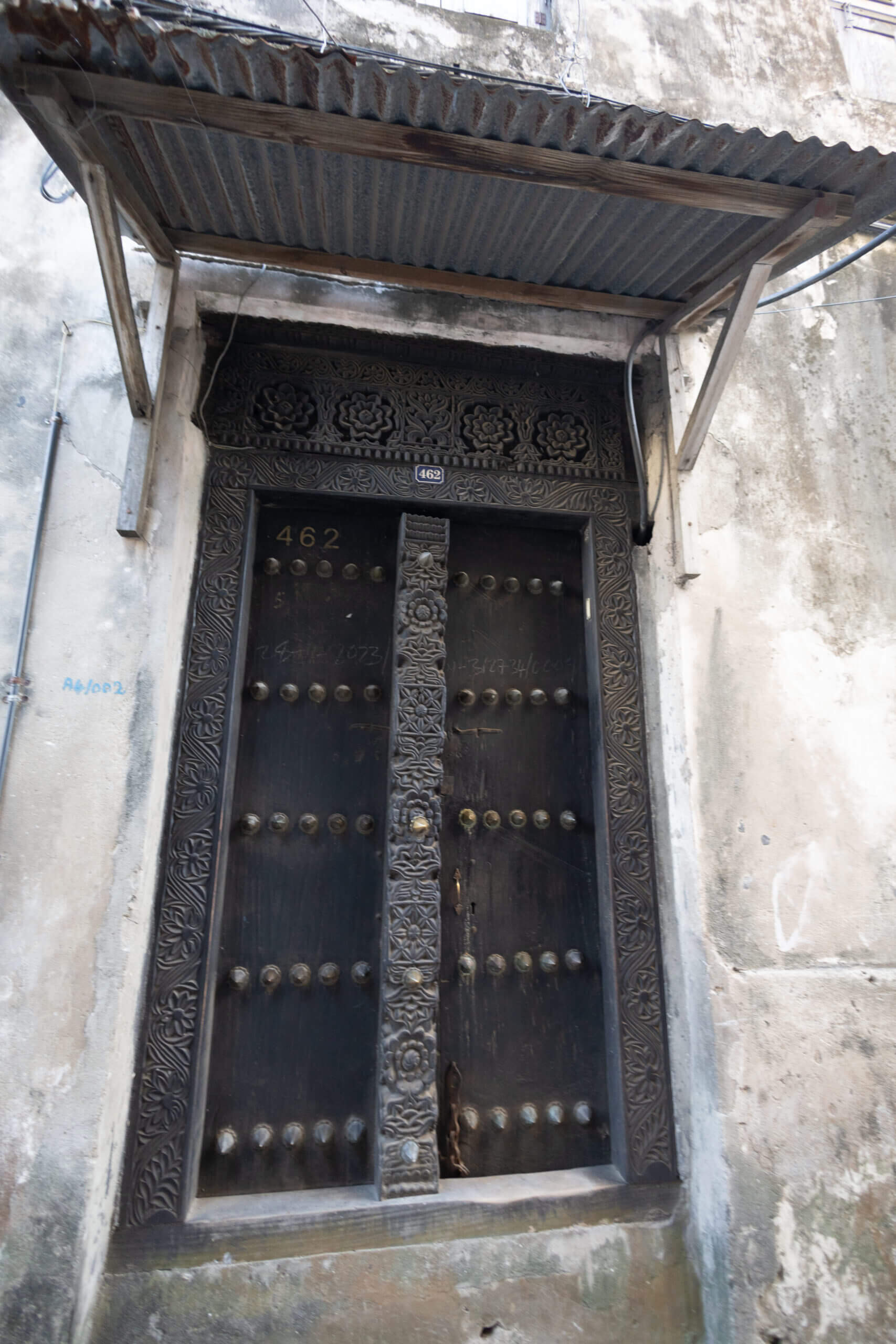
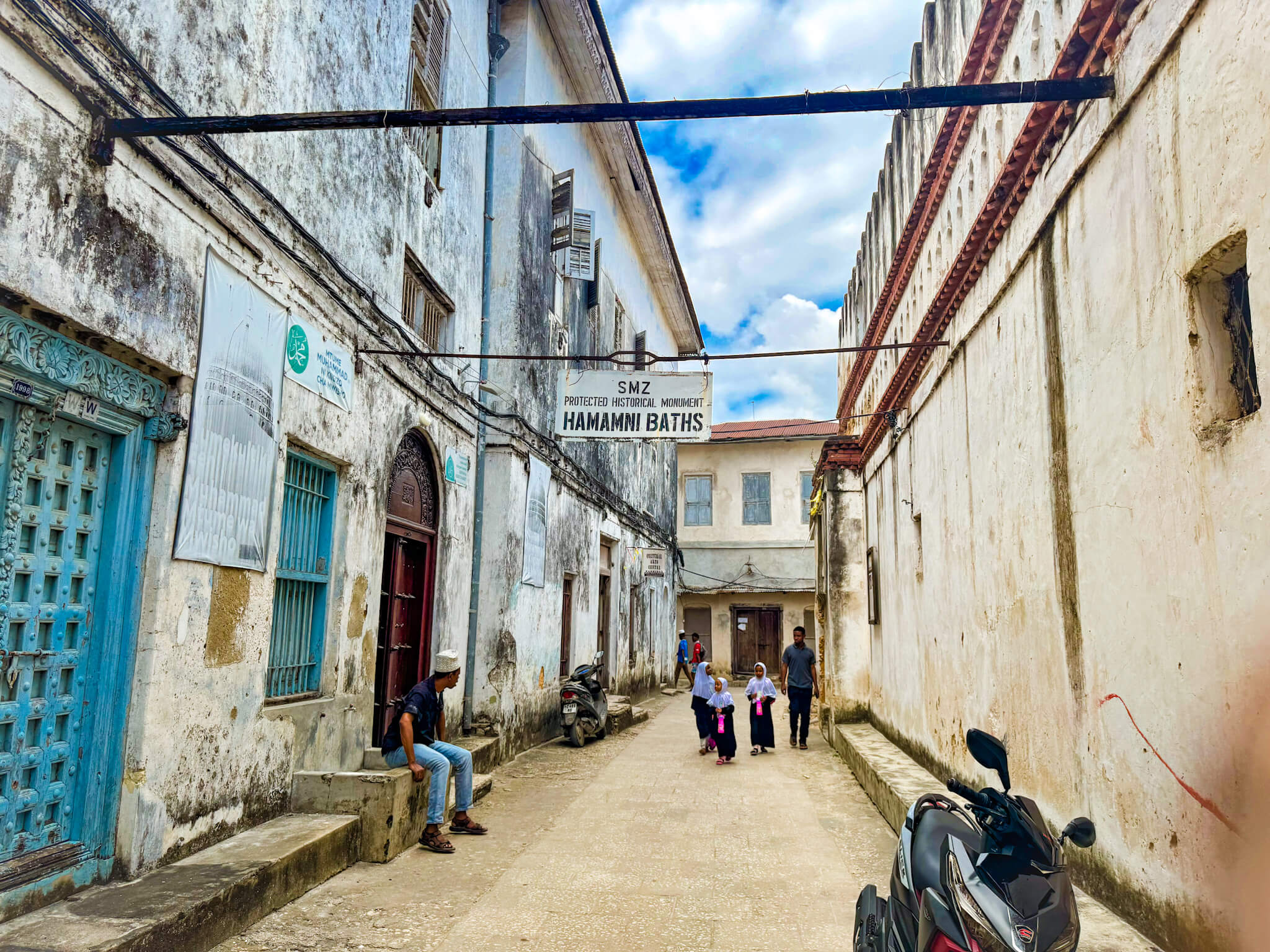
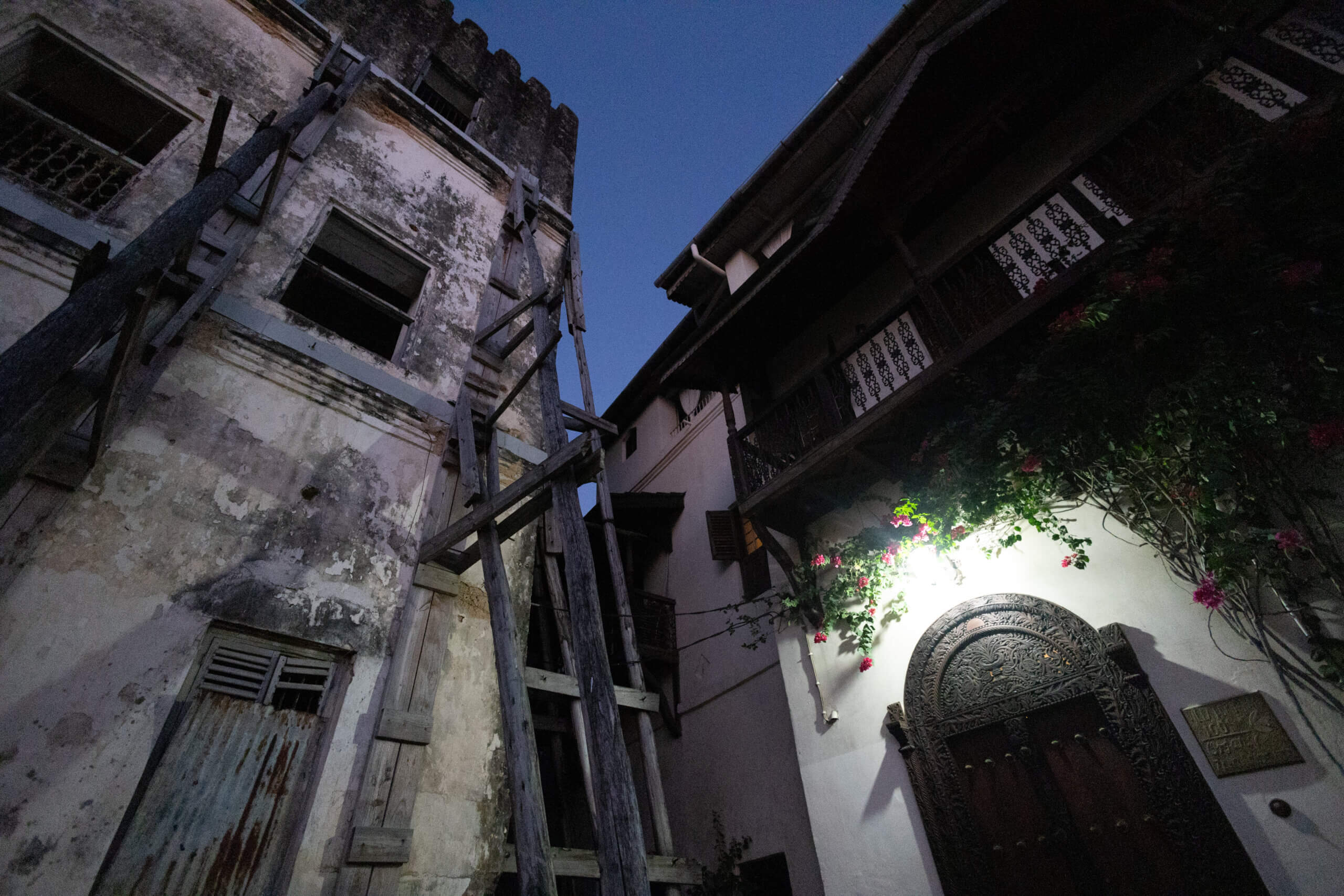

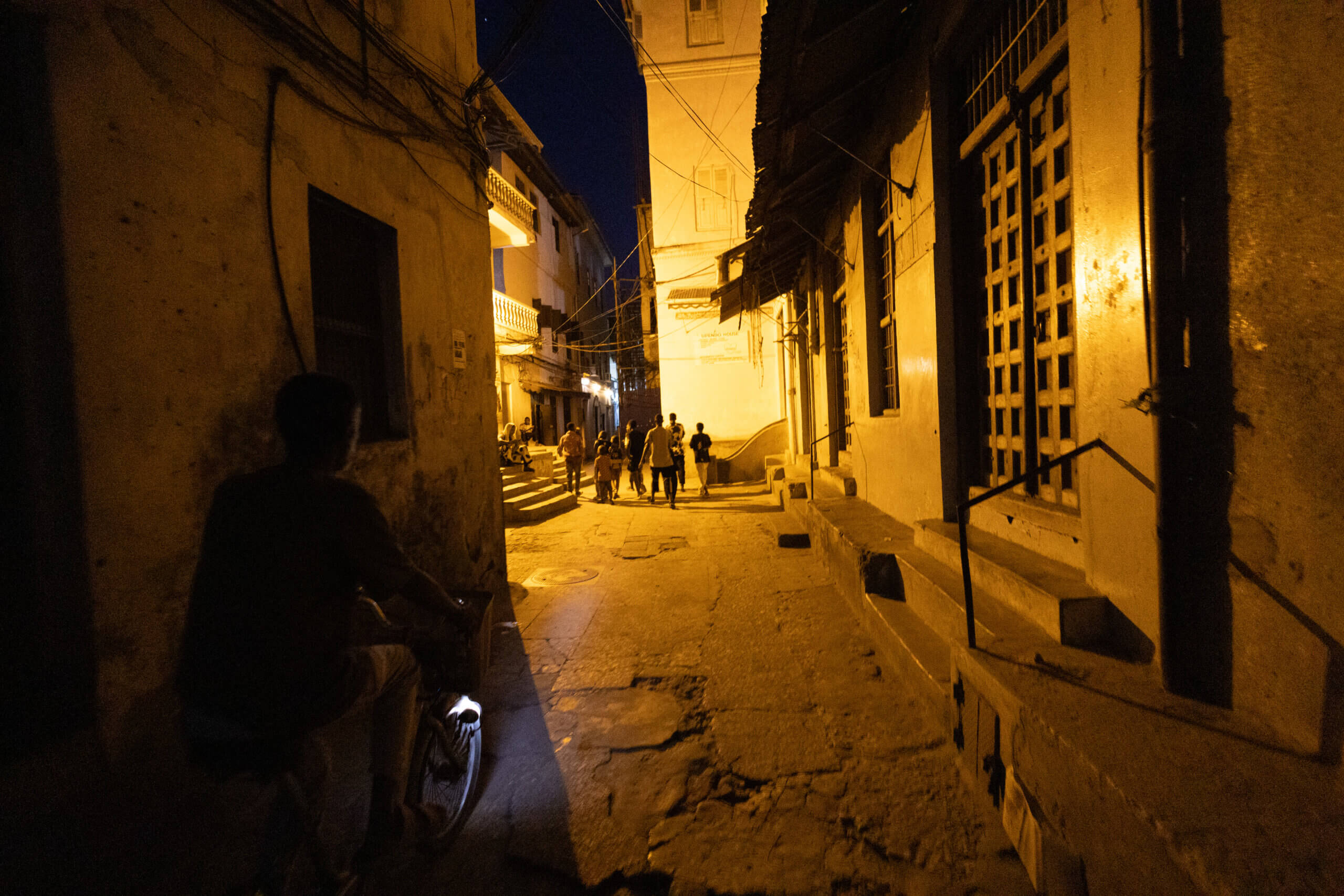
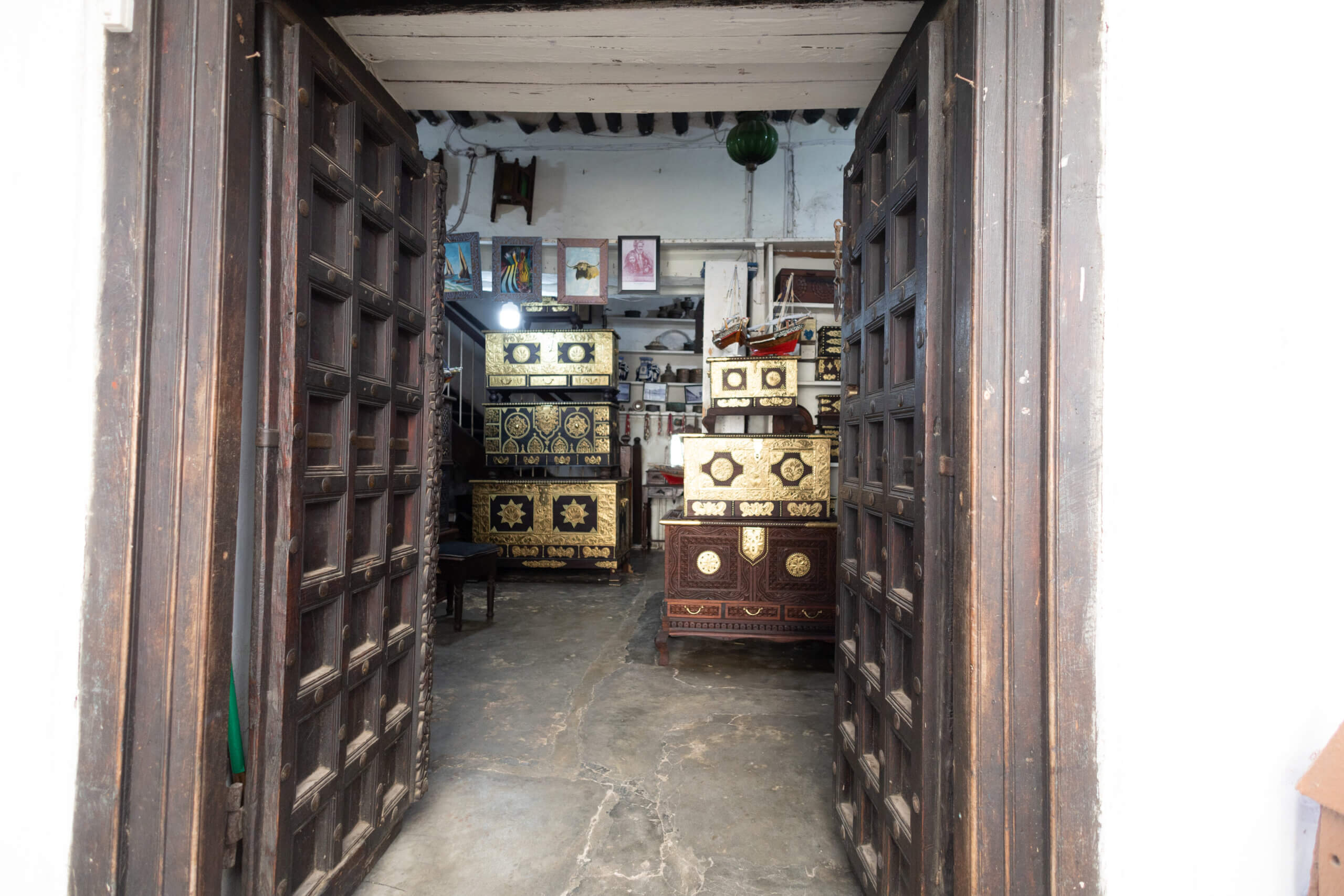

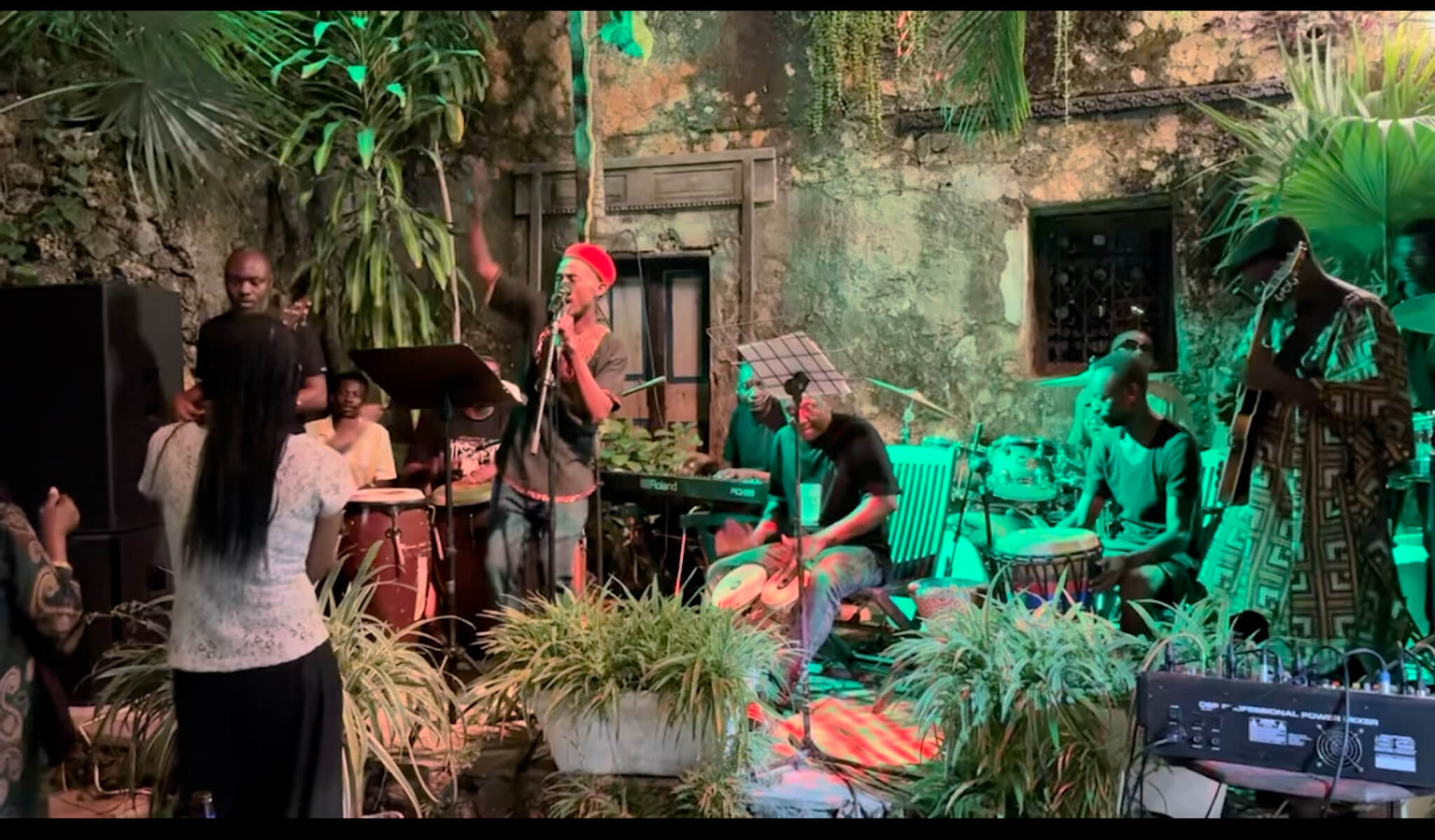
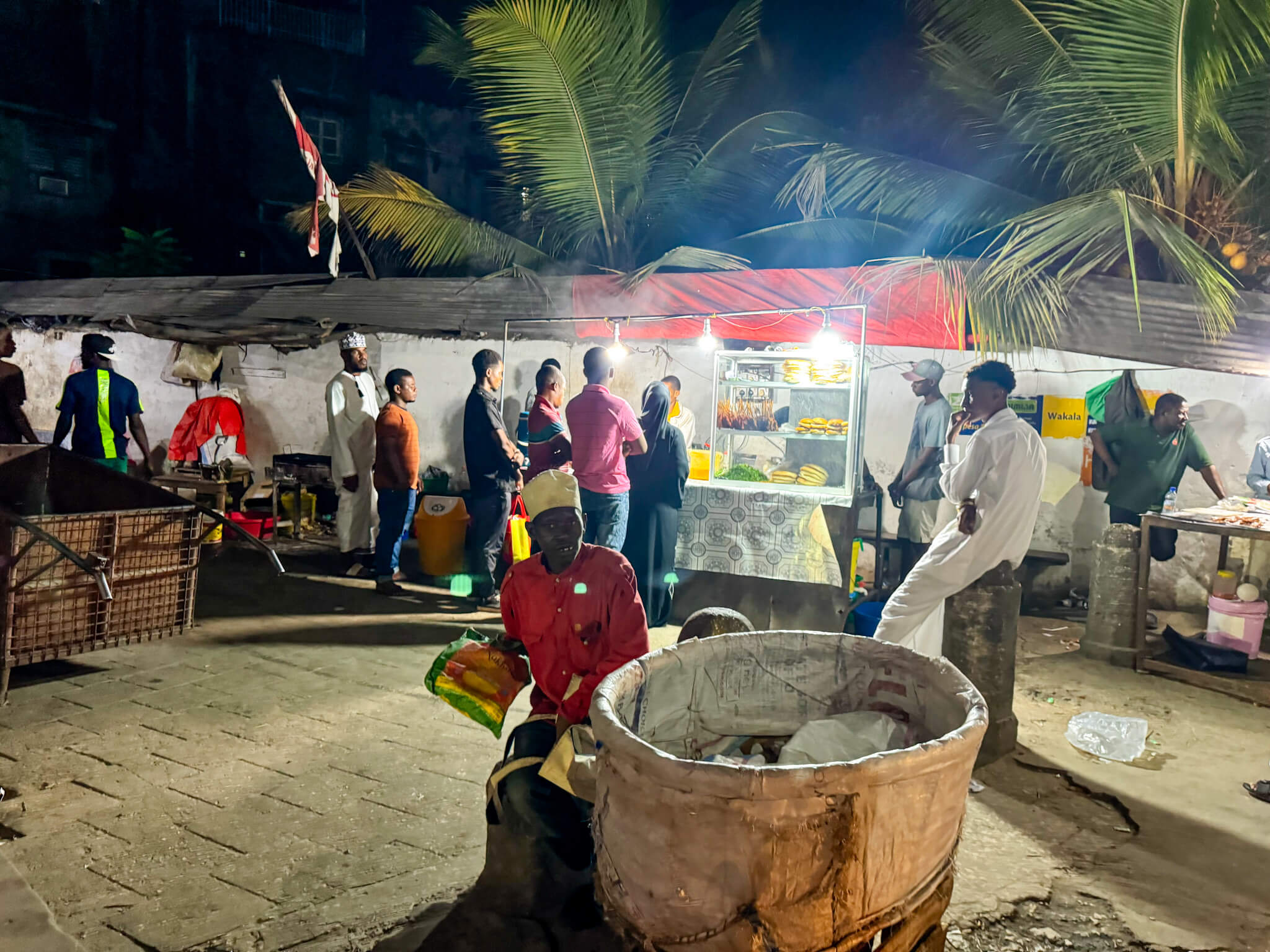




0 Comments